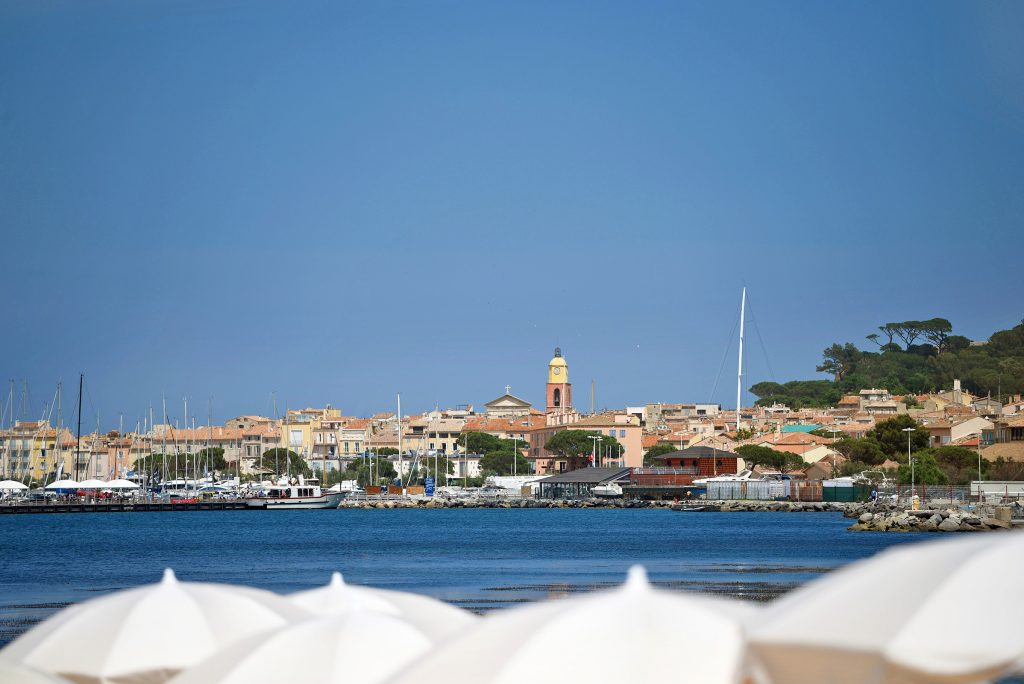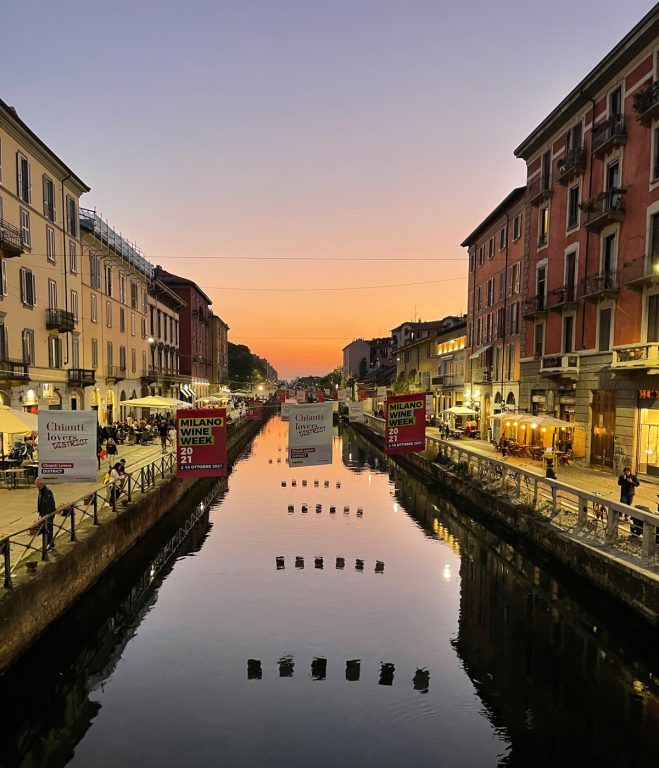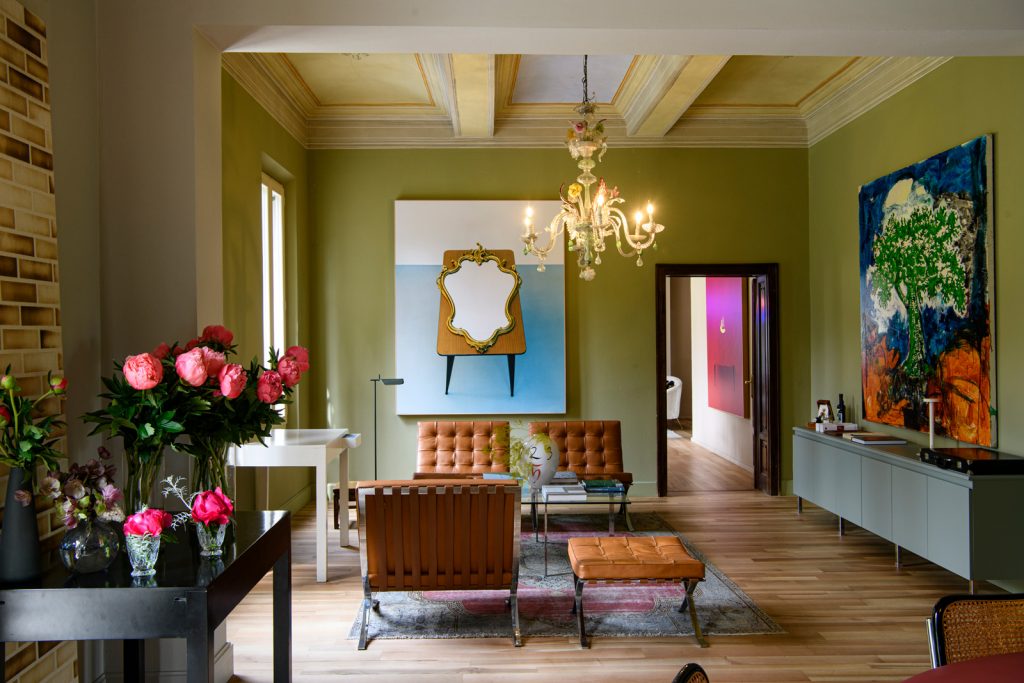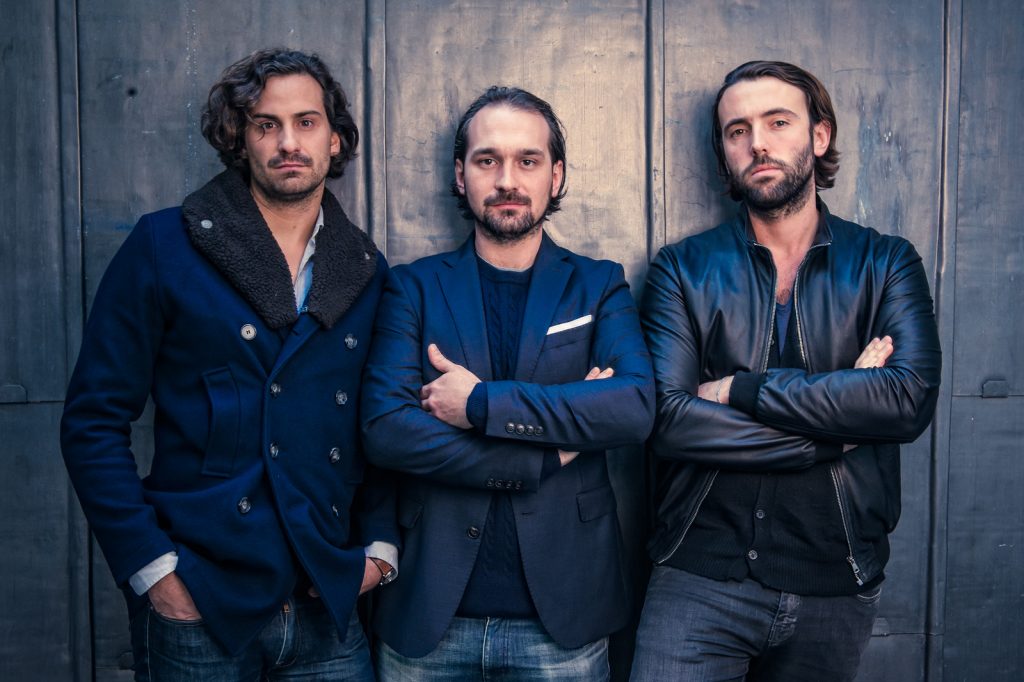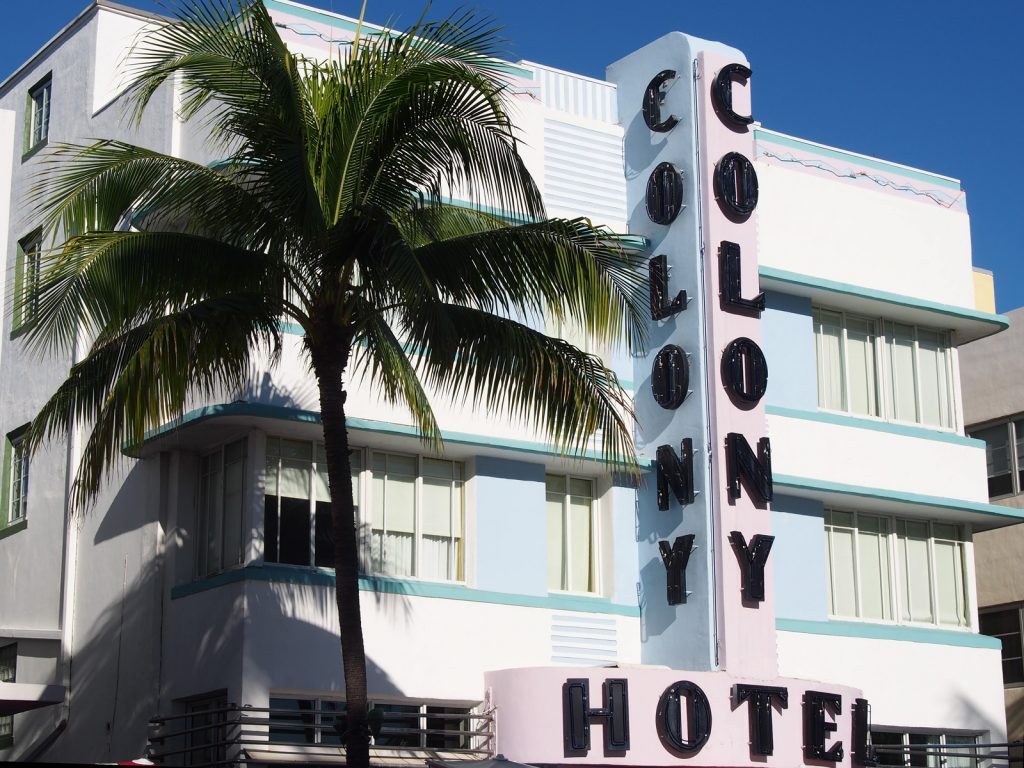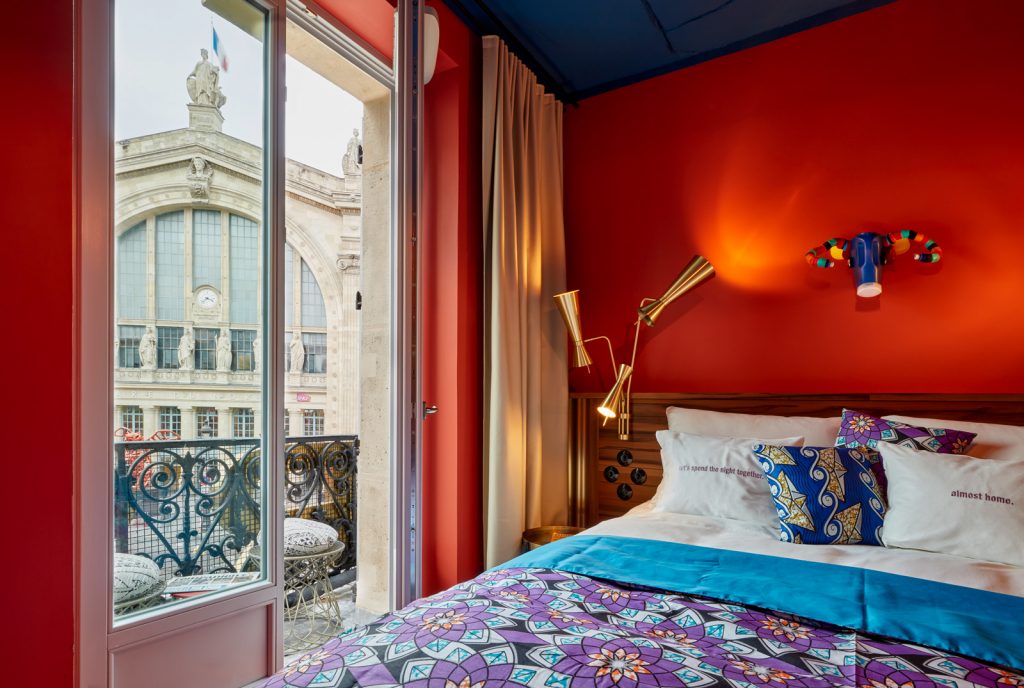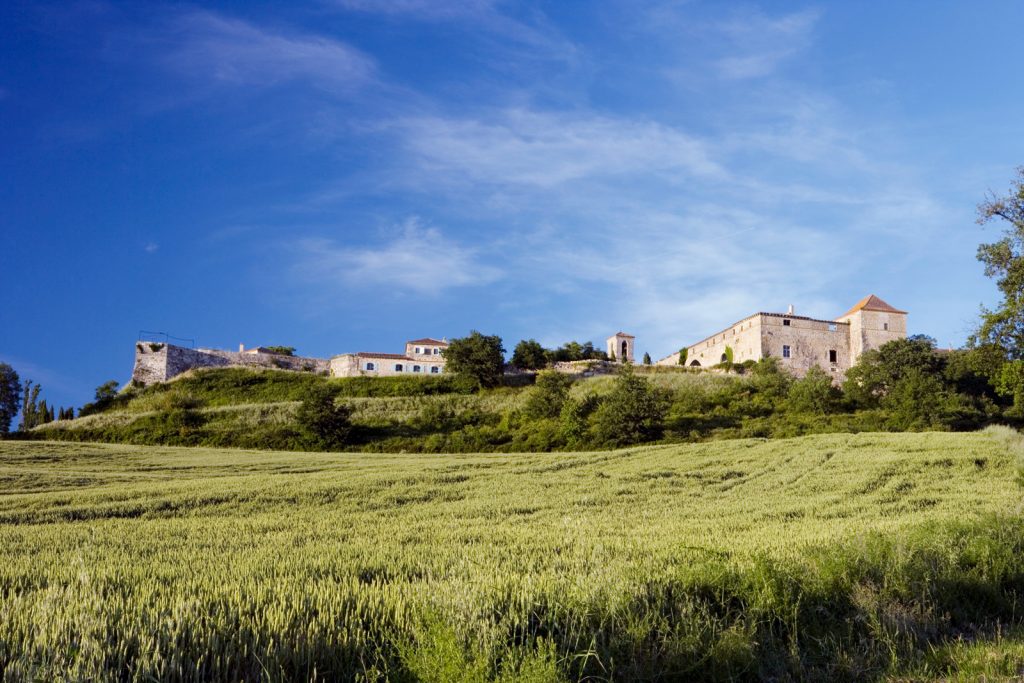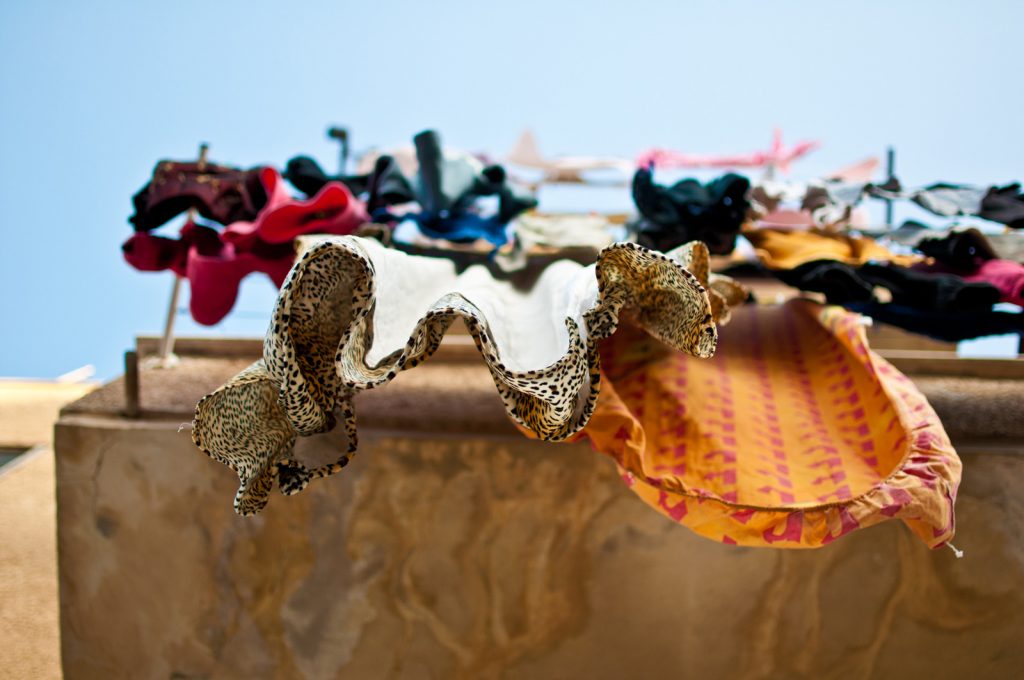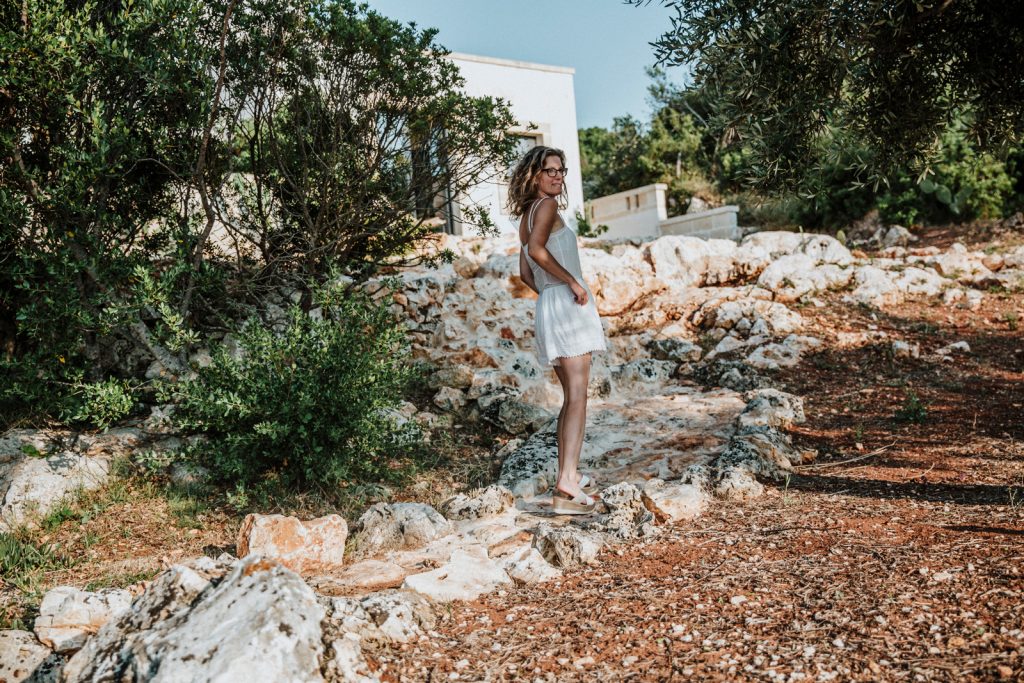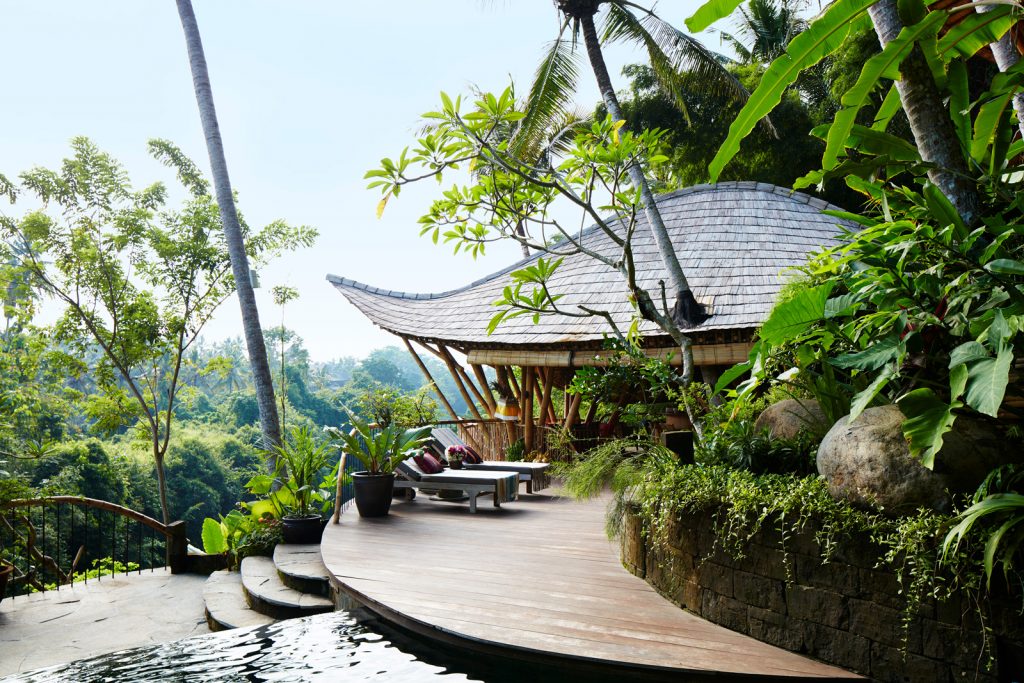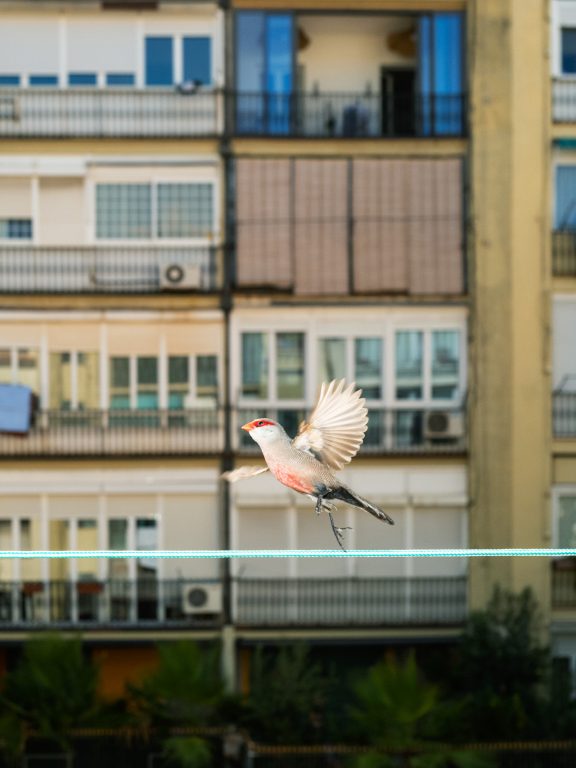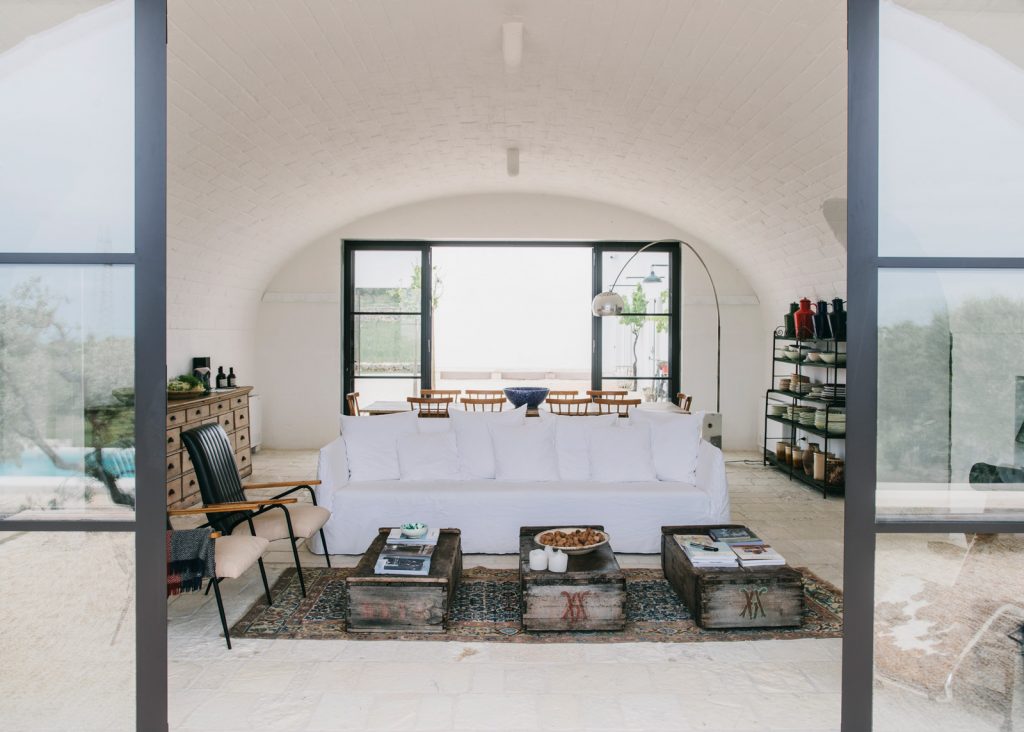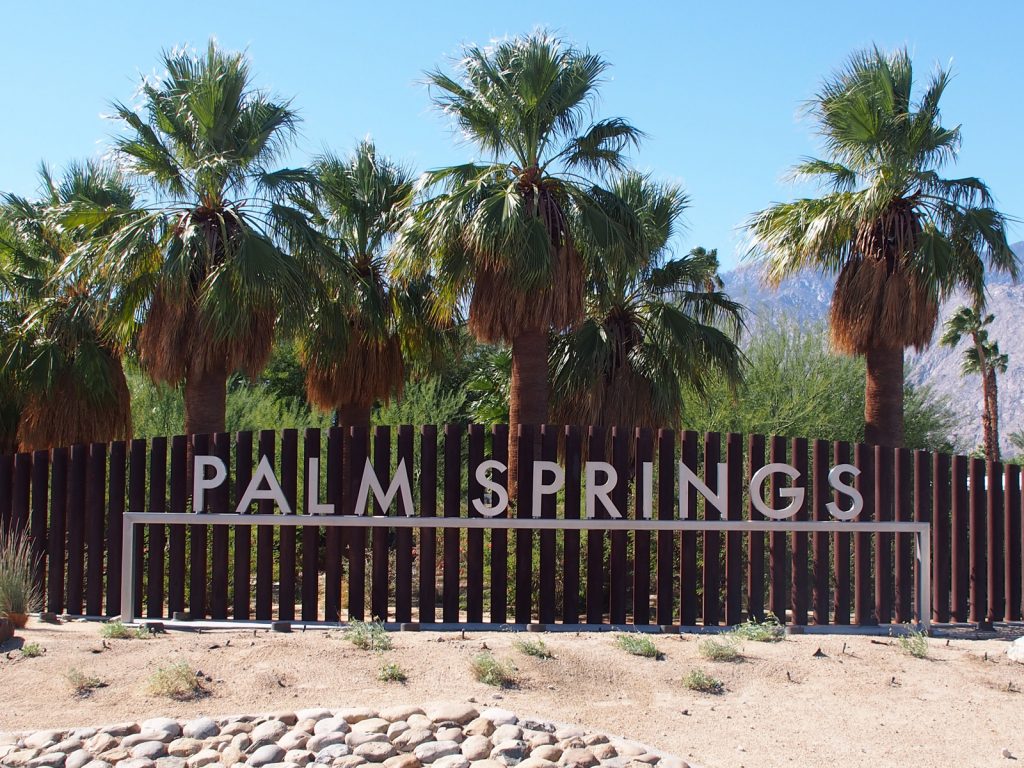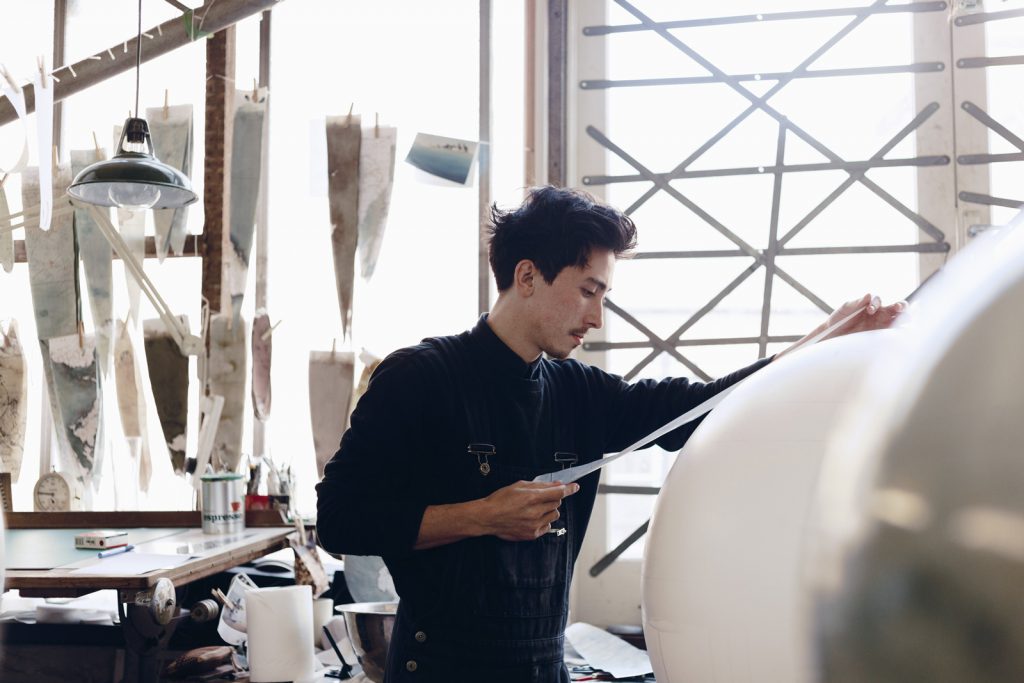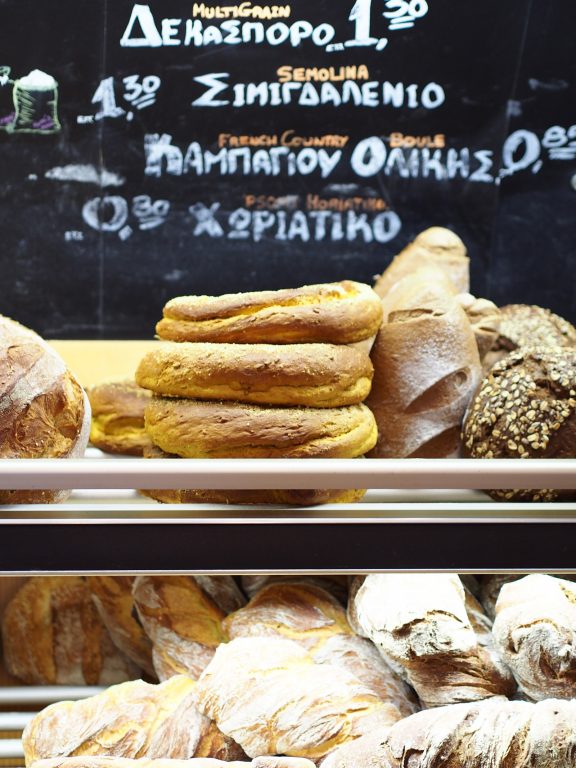SICILIAN BAROQUE
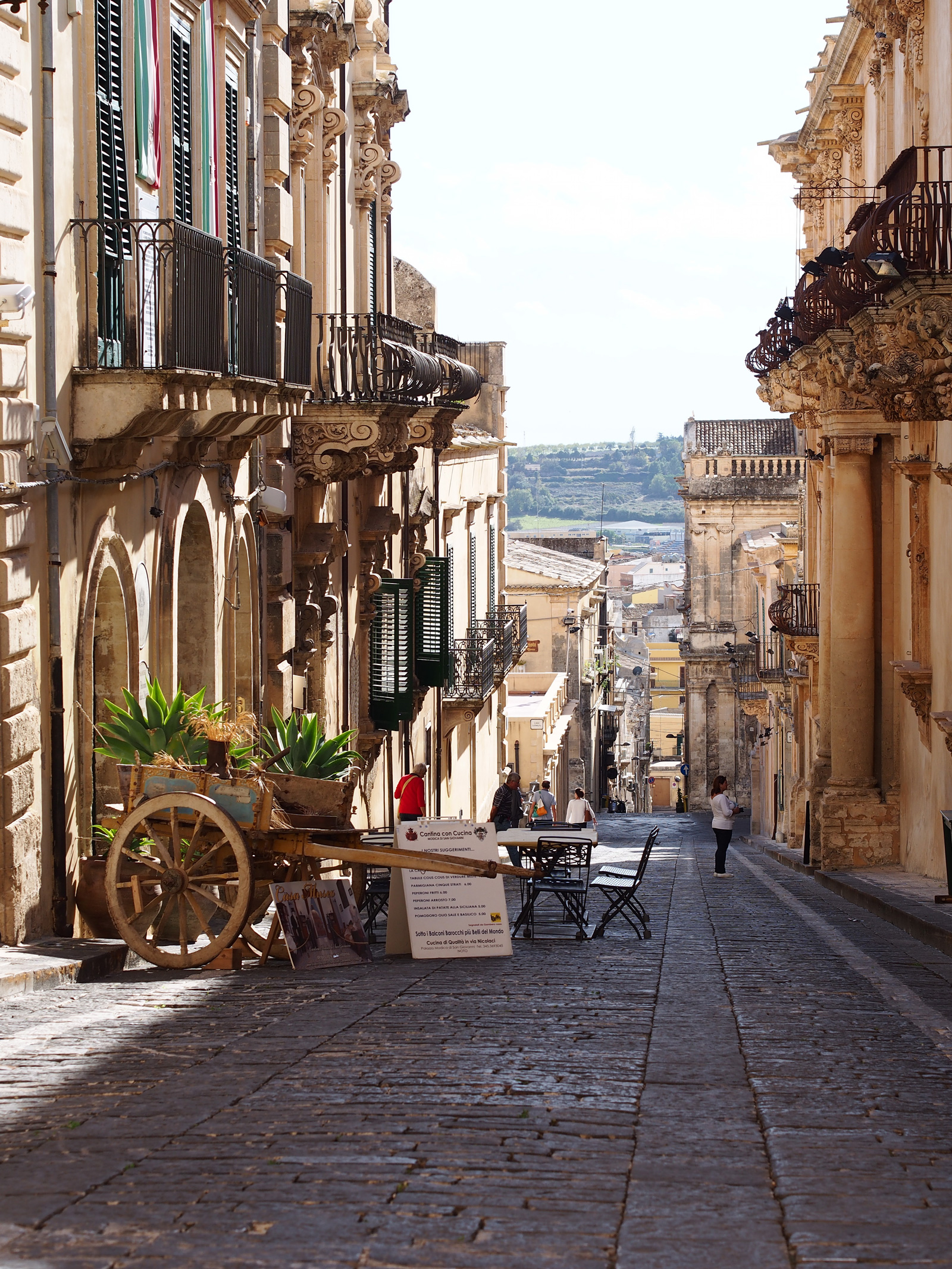
Itinerary
Sicilian Baroque
Noto, Ragusa, Modica, Scicli – in Sicily’s little-known east, magnificent baroque towns crumble away in quiet beauty.
August 2022, reading time 15 minutes
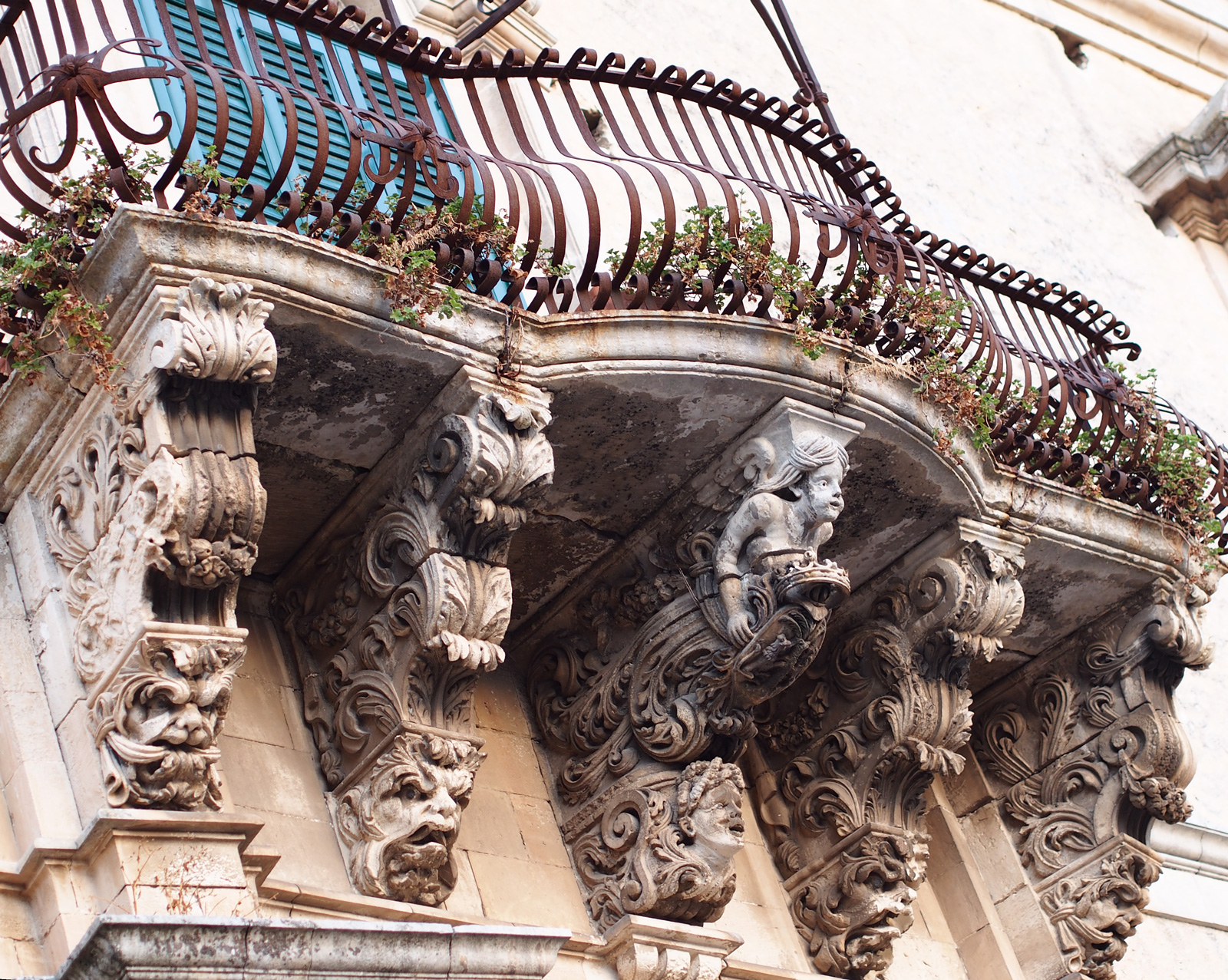
Noto, balcony of Palazzo Villadorata (top)
and city view (very top).
The man to know in Noto is Corrado Assenza. A fourth-generation pastry chef, he runs Caffè Sicilia on central Corso Vittorio Emanuele and is considered the Heston Blumenthal of Italian patisserie. Robert de Niro, Giorgio Armani and Julia Roberts have all come to Noto for his creamy and intense-tasting mulberry granita, and they’ve probably been allowed into the bakery, where saffron cake with bitter orange zest as well as the famous cannoli and cassate are made. Corrado Assenza is an alchemist who seeks the perfect balance in the most surprising flavor combinations. For this he uses what his island gives him: almonds, vanilla, cocoa, capers, tomatoes, saffron and anchovies. That’s right, anchovies. From the outside, his café doesn’t look like much. True, it’s in an 18th-century palazzo, but outside the door are simple aluminum tables and chairs on the uneven cobblestones of Noto’s car-free boulevard. The interior, too, is plain, sober, pleasantly sparse. Opulence can be found elsewhere: colorful cupcakes in the display case, jars of homemade tangerine, quince, or fig jam on the shelves, and etagères of filled croissants on the bar counter. The “cappuccino ghiacciato” comes with a topping of snow-white almond milk granita, and the basil ice cream is served in a fluffy brioche.

Star patissier Corrado Assenza at his Caffè Sicilia in Noto.
“We used to supply the Italian royal family, now my torrone made from Noto almonds flies as far as the U.S. and Tokyo.”
– Corrado Assenza –
Corrado Assenza studied agriculture, but then followed his genes and his passion. He took over the café from his aunt Nella, who in turn had it from his grandma. He discovered old recipes and invented new ones, combining traditions and molecular cuisine, combining sweet and savory. With success. “We used to supply the Italian royal family,” he says, “now my torrone made from Noto almonds flies as far as the U.S. and Tokyo.” But Caffè Sicilia is not the only attraction in Noto. The small town of just under 24,000 inhabitants is considered the zenith of Sicilian Baroque. Whether it’s the incomparable Town Hall Square with its richly decorated buildings and majestic Duomo, the architectural madness of Palazzo Villadorata, whose balconies and supporting pillars are adorned with mythological creatures, or the noble residential palaces of Via Cavour – the pageantry is hard to beat. If this were not Italy, or more precisely Sicily, one would probably feel as if one were in an inhabited museum. But here the splendor is neglected, there is simply too much of it and there is a lack of money, interest and willpower to take proper care of it. Facades are allowed to fade and sculptures to decay. Buildings in danger of collapse are supported by temporary scaffolding, which also serves as a support for electrical cables. In picturesque courtyards, old cars and redundant furniture stand under flowering wisteria.
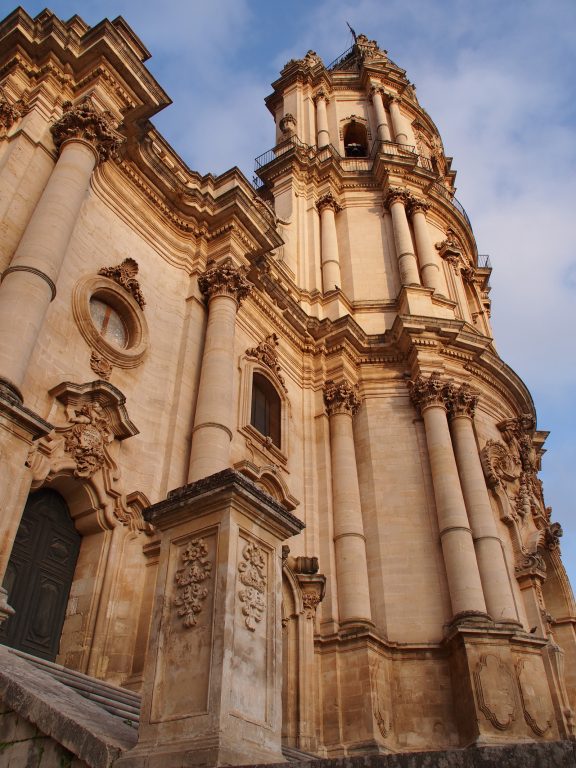
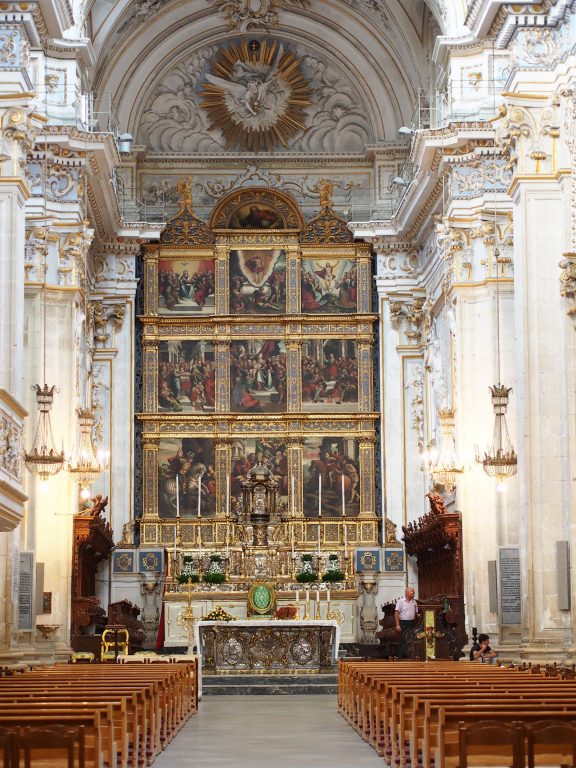
Opulent late baroque: the Cathedral of San Pietro in Modica.
The nonchalance with which Italians treat their heritage gives places like Noto a morbid charm that lacks anything museum-like. You may complain about it, or you may enjoy it, but you can’t change it. At least the destruction is slower now than in 1693, when a devastating earthquake turned almost the entire southeastern part of Sicily into a pile of rubble. 60,000 people died, 45 towns disappeared, Noto was one of them, but the Netini decided to rebuild their town a few kilometers away, in the baroque style that was fashionable at the time. Their motto was not to skimp, but to really show what you have; and so 40 noble palaces were built of honey-yellow sandstone, as well as 32 imposing churches and monasteries. Everything was to be more beautiful, richer, bigger than before, and Scicli, Modica, Siracusa and Ragusa were also virtually rebuilt in all imaginable glory. Curiously, this remained hidden from the general public – visitors to Sicily preferred to go to Taormina, where stars such as Audrey Hepburn, Marlene Dietrich and Isabelle Huppert spent their vacations, and where today one can still count on Fiat heir John Elkann as well as Roman princesses with euphonious names such as Ruspoli, Colonna, Borghese or Doria Pamphilj. Daring natures visited Palermo, sportsmen climbed Mount Etna. Until Sicily’s baroque cities were added to Unesco’s World Heritage List in 2002, no one took notice of their quiet beauty. “At that time, there were virtually no tourists in Noto,” says Corrado Assenza.

Viviana and Marco Giunta, owners of Casa Talìa in Modica.
“It was high summer, but most of the bars on the Corso were closed, the wind was driving empty plastic bags along the street.”
– Marco Giunta –

View from the garden of Casa Talìa of the old town of Modica.

One of the ten rooms at Casa Talìa.
“In Modica, this has remained the case to this day,” says Marco Giunta. The Milanese came to Modica on vacation with his wife Viviana a good 20 years ago. “It was high summer, but most of the bars on the Corso were closed, the wind was driving empty plastic bags along the street,” he recalls. Others would have left the inhospitable place on the spot, but the architect couple stayed, fascinated by the spectacular baroque old town that stretches up the slopes on both sides of the Corso: A dense maze of narrow streets and steep steps lead to cottages layered one on top of the other, with windows, gardens and terraces overlooking each opposite part of town like a fantastic movie set. The two bought an old house on the south slope, and then another and another. They renovated the small, abandoned and completely broken buildings, furnished them with eclectic taste, and created an enchanting Mediterranean garden to connect the residential units. In 2003, they opened Casa Talìa, an enchanted ten-room hotel with a panoramic view of the old town, hammocks and lounge chairs, and arguably the best breakfast on the island. Because the model has worked out so well, because dilapidated old houses in Modica can still be had for little money, and because Marco and Viviana oversee their expansion reliably, professionally and stylishly, a small colony of foreigners has formed around them, consisting largely of former hotel guests and creative personalities from the design, advertising and art scene. It is said that fashion heir Francesco Trussardi and publisher Angelika Taschen have also been looking for a home. “That’s our Northerner’s Hill over there,” amuses Paolo Failla, who, high up on the other side of town, has transformed his family palace, built in 1780, into a seven-room hotel. Palazzo Failla stands in a lofty position in Modica Alta and is furnished mostly with family-owned antiques. You stay here as you would in an antique Sicilian palazzo – but with air-conditioning, WiFi, and a gourmet restaurant.



’Mpanatigghi, espresso and granita
at Caffè dell’Arte in Modica.
In Modica, too, the culinary highlights tend to be sweet. Some 50 chocolate factories produce the pitch-black, dust-dry and slightly grainy chocolate whose unadulterated cocoa flavor is prized by connoisseurs. Best known is the Antica Dolceria Bonajuto, where Sicilian patisserie and chocolate have been produced since 1880. But it tastes good elsewhere, too: for example, at Caffè dell’Arte, where delicious jasmine-flower or citrus chocolate is available, as well as the traditional “‘mpanatigghi” – dumplings filled with a mixture of beef, nuts, cinnamon, sugar and chocolate – and excellent homemade almond milk.
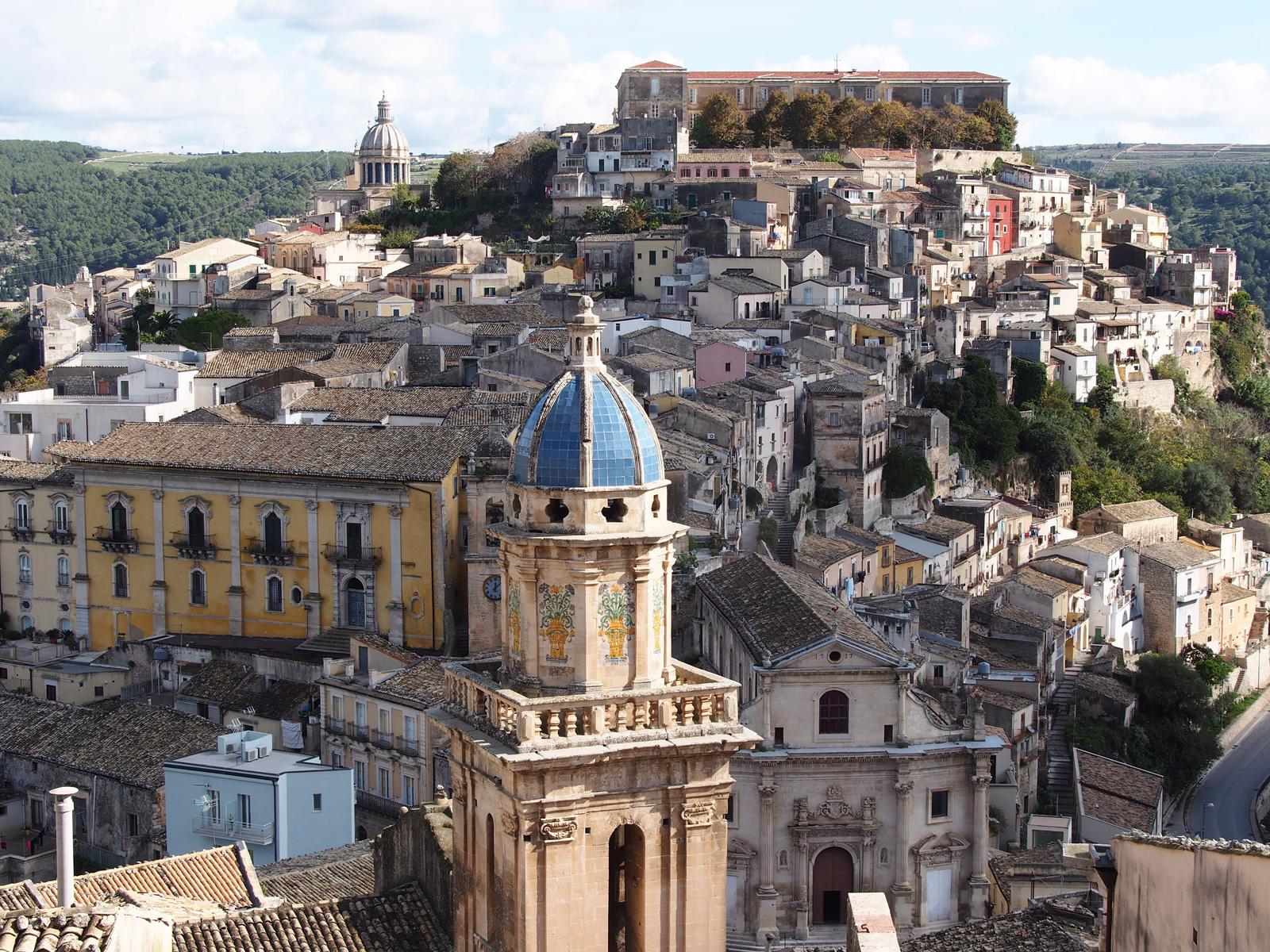
Beautiful: cathedral dome and old town of Ragusa Ibla.
Sicily’s most famous restaurant is in Ragusa Ibla right next to the magnificent Duomo. Ristorante Duomo is adorned with two Michelin stars, and its chef, Ciccio Sultano, tells how he returned to his island via stints in Munich and New York and opened his own restaurant in 2006. A maximum of 30 guests can fit into the rooms, which are sometimes painted oxblood red, sometimes saffron yellow or sea blue, and here they will be served a version of the local classic “pasta con le sarde” that will be remembered: spaghetti sautéed in local saffron and served on a light tomato sauce with raisins and pine nuts. Over the pasta are gently oven-cooked sardine fillets, topped with a crunchy mountain of breadcrumbs and minced young wild fennel. Add a glass of the white Etna wine Terre Nere, and happiness is perfect. “Of course, I can never make as much money here as I can in London or New York,” says Ciccio Sultano, who is happy to sit at the table with espresso and homemade confections, “but I have a lifestyle that is unrivaled.” As proof, he sends his guests to the coast. Marina di Ragusa is the beach of the Ragusans, a seaside resort like something out of a Fellini movie, not really beautiful, but entirely free of concrete complexes familiar from other Mediterranean coasts. The summer season in the old-fashioned Lido Azzurro begins in May, when deck chairs and umbrellas are placed in the sand, the local chic crowd meets for lunch on the restaurant terrace at noon, and in the evening the entire village sits on the central piazza or strolls along the lungomare. But Ciccio Sultano prefers to swim elsewhere. For example, on the unspoiled beach of the Riserva dell’Erminio Nature Park or at the foot of the steep limestone wall at Santa Maria del Focallo. Also famous are the long stretched bay of Sampieri, the white sand at the enchanting fishing village of Marzamemi, and the wild coast at Portopalo di Capo Passero, where wind and kite surfers dash through the waves. This is the easternmost point of Italy, a magical place of craggy cliffs, at the highest point of which stands Castello Tafuri, built in 1933. The building, constructed in the most beautiful Sicilian Liberty style, has been empty for decades; it is said that Flavio Briatore and later Michael Schumacher were interested in it, but then refrained from buying it.
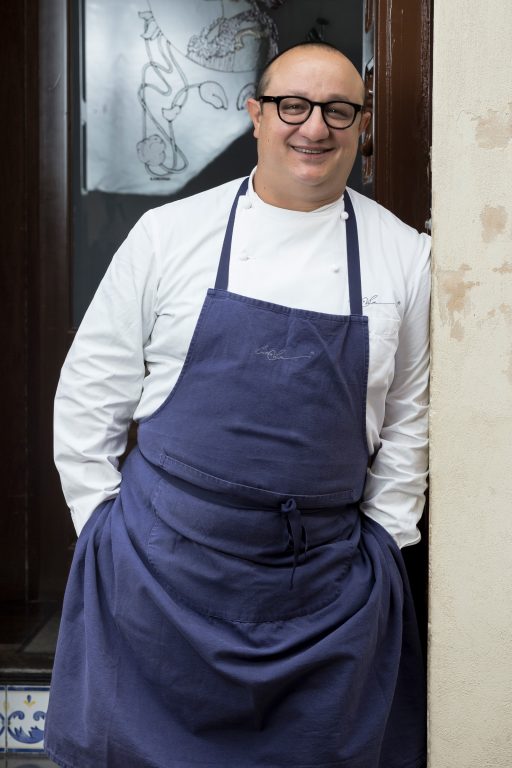
Ciccio Sultano, owner and chef of Ristorante Duomo in Ragusa Ibla. Photo: Marcello Bocchieri.
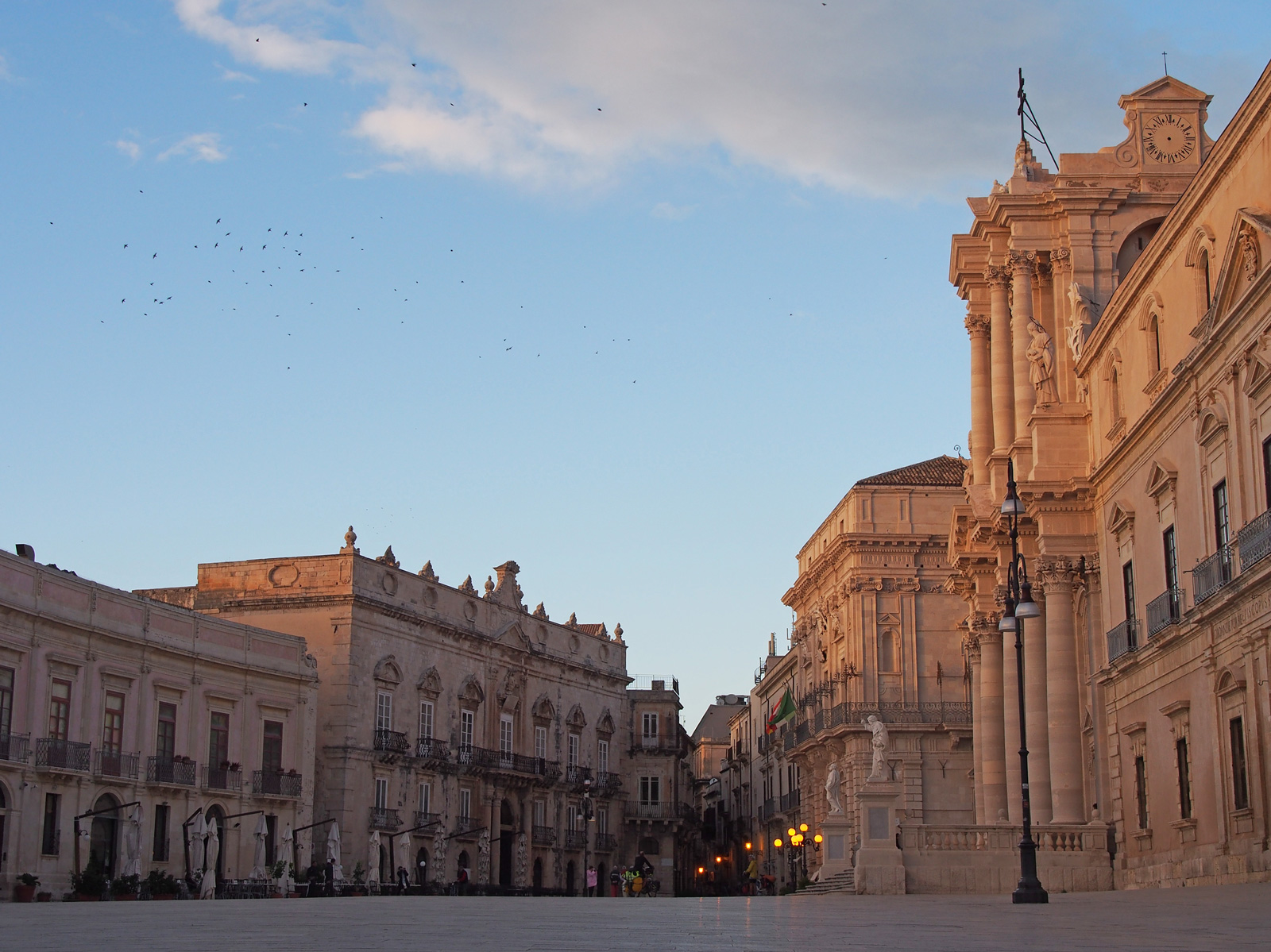
The enchanting cathedral square of Syracuse
in the evening light.
“Of course, I can never make as much money here as I can in London or New York, but I have a lifestyle that is unrivaled.”
– Ciccio Sultano –
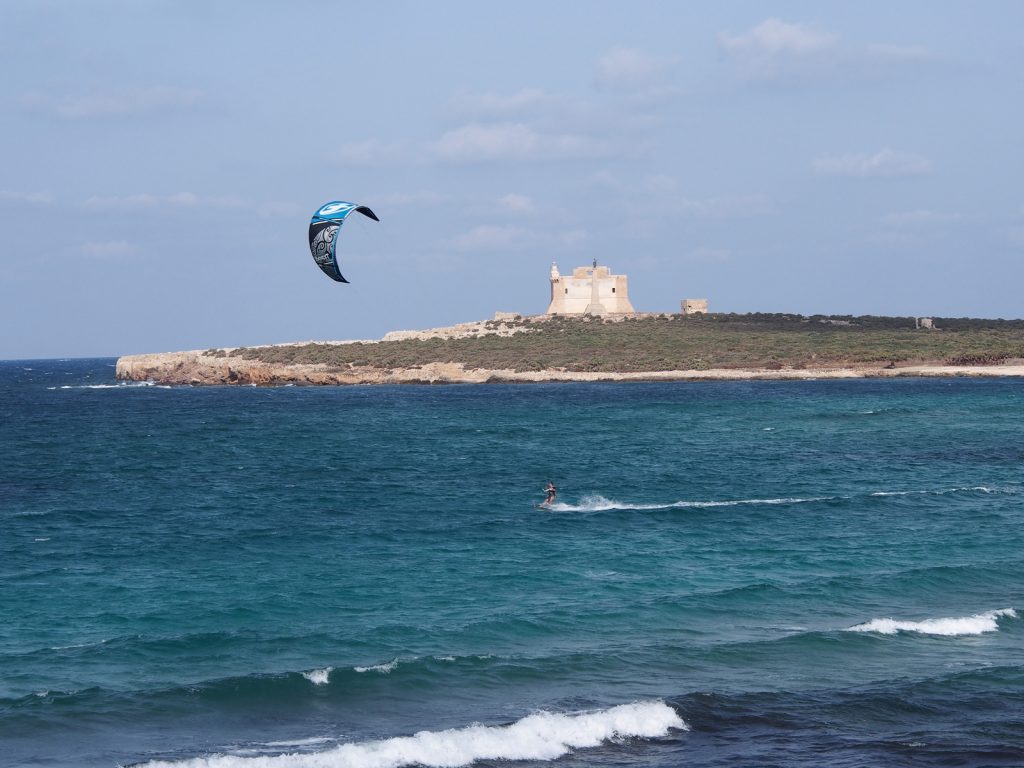

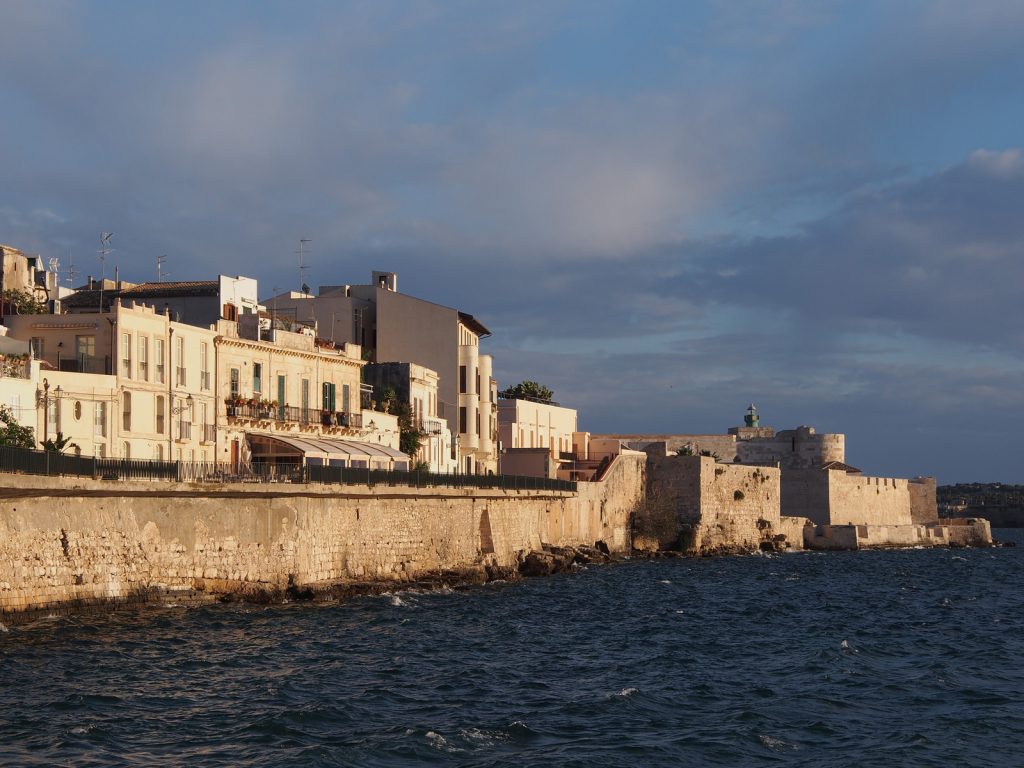
Kite surfing on the coast off Capo Passero, market stall in Syracuse, view of Syracuse’s old town Ortigia.
The most imposing castle on the coast, however, is in Ortigia, the picturesque old town of Syracuse. A city map is superfluous, one gets lost anyway between the mighty tuff palaces and the small piazzettes, in the Jewish ghetto or in the scruffy fishermen’s quarter Graziella. If you’re lucky, you’ll find the market behind the ruins of the Temple of Apollo, where vendors extol their wares in a raucous chant reminiscent of the call of Oriental muezzins. There is trading, imploring, promising that there is no fresher fish in the entire Mediterranean, no more tender artichoke in the entire country, nowhere a better baked ricotta. At two o’clock sharp, everyone is gone, but in the small restaurants around the market, sumptuous portions of pasta with tuna roe or lukewarm squid salad are served. “I don’t serve coffee,” says the patron of a makeshift-looking snack bar whose patrons sit at folding tables on the sidewalk, “go to Piazza Duomo, there you can drink espresso in the most beautiful cathedral square in the world.” He’s not exaggerating; Ortigia’s vast Duomo Square is stunning. In the center of the bright semi-oval of Baroque tufa buildings stands the Duomo of Santa Maria delle Colonne, whose origins date back to an ancient Greek temple from the 5th century. Across the street, Baron Pietro Beneventano del Bosco receives registered guests in his fantastic Baroque palazzo full of frescoes and stucco work, and in the surrounding streets you can stroll and shop: hand-painted ceramics at the Dutch Caroline van Riet (“Circo Fortuna”), high-carat jewelry with opulent maritime motifs at the Sicilian Massimo Izzo. And the castle? Castello Maniace stands at the extreme tip of Ortigia, its mighty ramparts washed almost all around by the sea. It was built between 1232 and 1240 by Frederick the Great, a man who loved Sicily so much that he wanted to be buried there. One can understand him.
Living

Grand Hotel Ortigia
The premier address in Syracuse, in a magnificent light-pink Liberty Palace on the edge of the old town and overlooking the sea. 58 classically elegant rooms and suites, roof terrace with restaurant, spa and private beach. grandhotelortigia.it
Photo: Luca Mangano
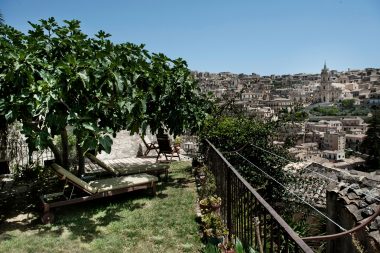
Casa Talìa
Enchanted garden retreat with Cinemascope views high above Modena’s old town. Each of the ten rooms is in its own cottage and differs from the others in size and furnishings. Breakfast is served in the enchanting garden. casatalia.it
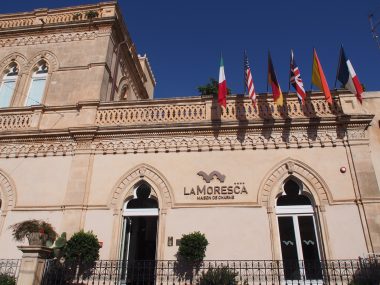
La Moresca
A former private home in the most beautiful Liberty style has been lavishly renovated and transformed with modern taste into a charming boutique hotel. Spacious rooms with designer furnishings, courtyard for breakfast, very nice and professional staff. lamoresca.it
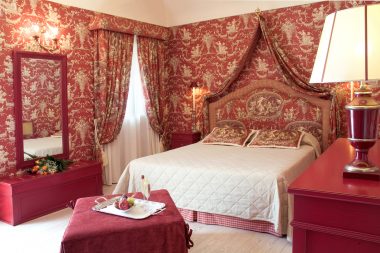
Palazzo Failla
Exquisite Sicilian home style in an 18th century family palace. Seven beautiful rooms in the main building and three in the annex, plus two excellent restaurants, a nice bar, and a congenial owner’s family to help guests with advice and assistance. palazzofailla.it
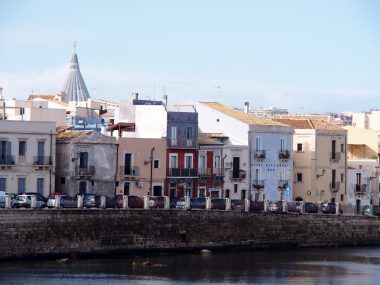
Hotel Gutowski
Two former fishermen’s houses on Ortigia’s eastern shore, transformed into a 24-room hotel with a sure sense of style. Beautiful in a plain way, with wooden ceilings and floors, white walls and beds, and picturesque terrace. guthotel.it
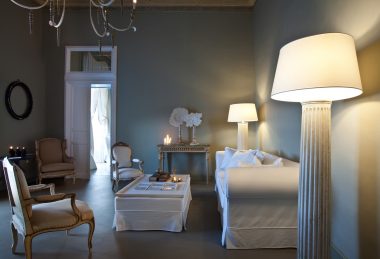
7 Rooms Villa Dorata
Stylish seven-room inn in an aristocratic palazzo in the center of Noto. Bright rooms with lots of white and timelessly elegant furnishings, beautiful floors and ceilings, modern chandeliers and roof terrace for breakfast. 7roomsvilladorata.it
Food
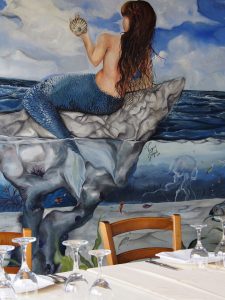
Ostrica Park
not the world’s nicest restaurant, but the quality, selection and preparation of fish and sea creatures is hard to beat. Locals eat here, on warm days on the terrace with sea and street views. ristoranteostricapark.com

Taberna Sveva
Charming restaurant with small terrace and carefully prepared slow food cuisine and good wines. Piazza Federico di Svevia 1-2, Siracusa, Tel. +39 09 31 246 63
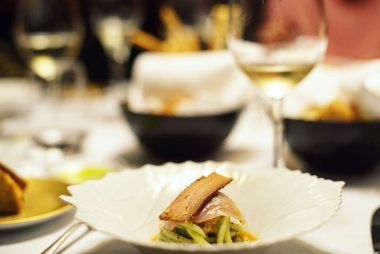
Duomo
The talented and creative chef Ciccio Sultano attracts locals and gastro-tourists to his few tables with his “sarde alla beccafico” with oyster and lemon soup, or the incredibly tender and spicy suckling pig. If you want to know how to prepare these dishes, book one of his cooking classes. cicciosultano.it
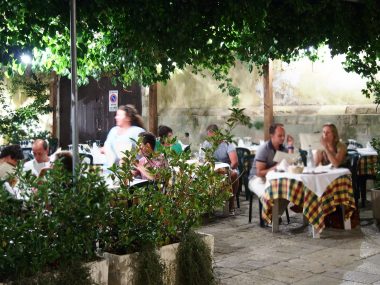
La Rusticana
Unpretentious, very friendly trattoria with a beautiful pergola terrace. The local specialties taste just as good as the local wines served with them. Corso XXV Aprile, Ragusa, Tel. +39 09 32 22 79 81
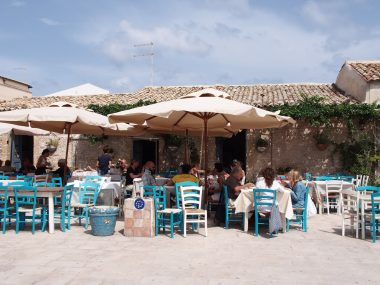
Taverna La Cialoma
Movie-like setting in a tiny village square next to the picturesque ruins of an old tuna processing plant. Some tables are also behind the restaurant on a terrace directly on the sea. Good pasta, good fish cooking, great ambiance. lacialoma.it

Lido Azzurro
After swimming on the beach, order a plate of pasta alle vongole for lunch on the beautiful restaurant terrace. Also suitable for evenings, the location is fantastic and the cuisine is very good. Lungomare Andrea Doria, Marina di Ragusa, Tel. +39 09 32 23 95 22
La Tavernetta da Simone
A simple eatery, packed every night with locals enjoying pasta alla Norma, mussel soup, fried seafood and a tender veal steak “alla pizzaiola”. Via Cavour 44, Siracusa, Tel. +39 09 31 663 85
Crocifisso
Regionality, seasonality, quality – Marco Bersaglieri’s Sicilian cuisine offers carefully prepared local classics. Popular dishes include the octopus salad with potatoes and mint, and the Caserecce alla Palermitana with sardines, pine nuts and raisins. ristorantecrocifisso.it
Bars & Cafés

Caffè dell’Arte
Just an ordinary sidewalk café at first glance: granite, pastries and chocolate are among the best on the island and are made by owner Ignazio Iacono in his “laboratorio” behind the café. caffedellarte.it
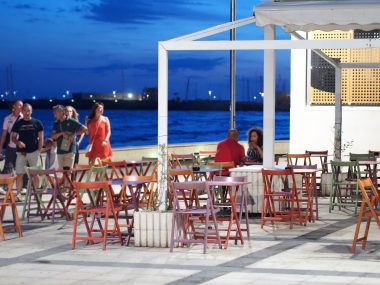
Met Bar
Cool hangout on the waterfront. If you need a solid base to go with your margarita, order one of the good pizzas. metsicilia.it
Enoteca A Putia
Intimate and very welcoming wine bar with a good selection of Sicilian varieties and expert advice. Plus great salads, sandwiches and cheese platters. Via Roma 8, Siracusa, Tel. +39 339 888 80 78
Tinkitè
Tiny bar with a nice terrace in the Jewish quarter of Ortigia. Here, the hip young people of Syracuse meet for aperitivo. Quieter in the morning hours. A small selection of snacks is also part of the offer. Via della Giudecca 63, Siracusa, Tel. +39 335 607 52 93

Caffè Sicilia
Locals line up at the bar counter early in the morning to be served a cornetto and almond granita with their espresso. The tartlets are as extravagant as the ice cream flavors; once you start tasting them, you won’t stop anytime soon. Corso Vittorio Emanuele III 125, Noto, Tel. +39 09 31 83 50 13
Shopping

Antica Dolceria Bonajuto
Sicily’s oldest chocolate factory is now in its 6th generation. They produce not only different types of chocolate, but also pastries according to ancient tradition. bonajuto.it
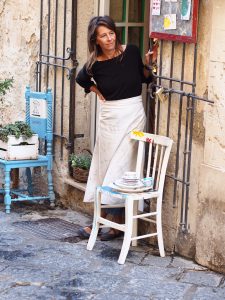
Circo Fortuna
If you’ve always wanted a cheerful and colorful breakfast service, you’ll find it here. All plates and cups, bowls and vases have been hand-painted by Caroline van Riet. circofortuna.it
Massimo Izzo
Not a store for “less is more” lovers. The Sicilian jeweler shapes maritime motifs into opulent pieces of jewelry made of precious metals, corals and expensive stones. massimoizzo.com
Liccamuciula
Nice concept store with books, ceramics and delicatessen. The store includes a trattoria with a few tables out front. liccamuciula.it
Foto: Luca Mangano


